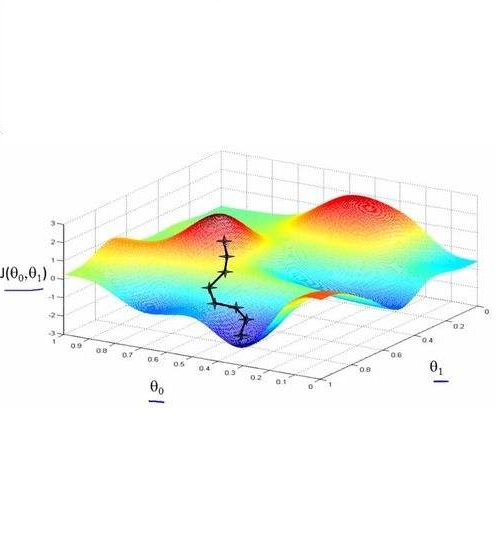The knapsack problem is one of the classical problems in combinatorial optimization: Given a set of items, each specified by its size and profit, the goal is to find a maximum profit packing into a knapsack of bounded capacity. In the online setting, items are revealed one by one and the decision, if the current item is packed or discarded forever, must be done immediately and irrevocably upon arrival. We study the online variant in the random order model where the input sequence is a uniform random permutation of the item set. We develop a randomized (1/6.65)-competitive algorithm for this problem, outperforming the current best algorithm of competitive ratio 1/8.06 [Kesselheim et al. SIAM J. Comp. 47(5)]. Our algorithm is based on two new insights: We introduce a novel algorithmic approach that employs two given algorithms, optimized for restricted item classes, sequentially on the input sequence. In addition, we study and exploit the relationship of the knapsack problem to the 2-secretary problem. The generalized assignment problem (GAP) includes, besides the knapsack problem, several important problems related to scheduling and matching. We show that in the same online setting, applying the proposed sequential approach yields a (1/6.99)-competitive randomized algorithm for GAP. Again, our proposed algorithm outperforms the current best result of competitive ratio 1/8.06 [Kesselheim et al. SIAM J. Comp. 47(5)].
翻译:knapsack 问题是组合优化的典型问题之一: 在一组项目中,每个项目都有其大小和利润的规格,目标是找到一个最大利润包装在捆绑能力的背包中。在在线设置中,项目被逐个披露,如果当前项目被包装或永久丢弃,必须在抵达后立即和不可撤销地完成决定。我们在随机排序模型中研究在线变量,输入序列是一组项目的统一随机调整。我们为此问题开发了一个随机化的具有竞争力的算法(1/6.65),超过了目前竞争比率1/8.06[Kesselheim 和al. SIM J. J. com. 47(5)]的最佳算法。我们的算法基于两个新的洞察:我们引入一种新型算法,采用两种给定的算法,在有限的项目类别中优化,按输入序列顺序排列。此外,我们研究和利用 knapsack 问题与2秘书问题的关系。通用分配法问题(GAP)除了当前 Knapsack / 8 比率法外,还包含当前Knapsack J. ASimalalal assimage imal imalal image imaltrading (1 (1) imalmalmallist) 6 (我们提议的一些排序和排序。



